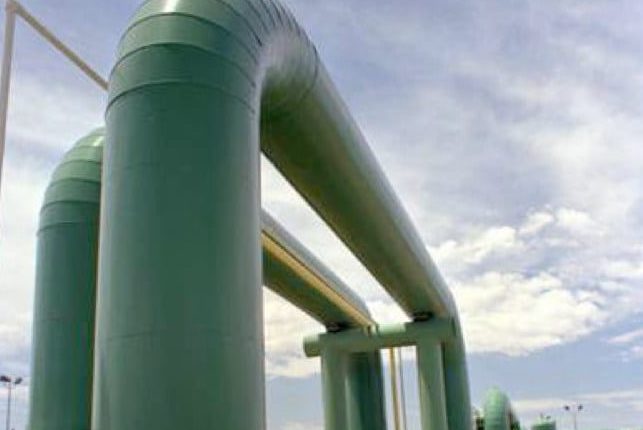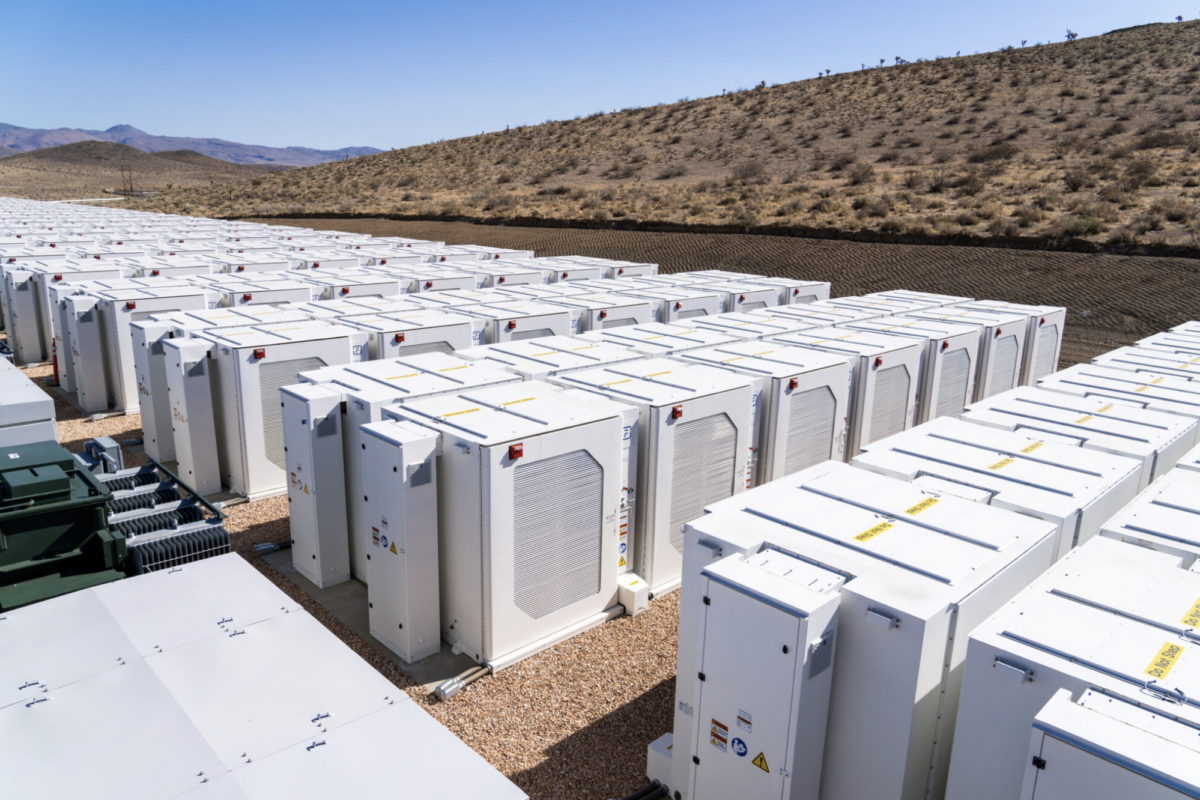China National Petroleum Corp. (CNPC) has transported hydrogen by blending it into a gas pipeline in Ningxia, China. “After 100 days of test operation, the overall operation of this 397-kilometer natural gas pipeline is safe and stable,” said the Chinese company. The proportion of hydrogen in this natural gas pipeline has gradually reached 24%. The country is working to achieve a 20% blending throughout its entire 185,000-kilometer gas network. Blending hydrogen into natural gas networks would reportedly decrease dramatically the cost of hydrogen transportation. “The cost of hydrogen transmission is about 10% of a gas tank trailer,” said the company.
China has announced plans to build a 400-kilometer hydrogen pipeline to bring hydrogen from the resource-rich west to energy-consuming regions in the east. The Xinhua news agency reported that the pipeline will transport 100,000 tons of the energy carrier, with the potential to increase the capacity by 500,000 tons. Hydrogen will be transported from Ulanqab, in China's Inner Mongolia region, to Beijing. According to the article, Ma Yongsheng, the chairman of Sinopec, said it will be the country’s first trans-regional, long-distance hydrogen pipeline. In February, Sinopec launched its first hydrogen demonstration project in the Inner Mongolia region.
The European Clean Hydrogen Alliance has published a report on the potential development of six hydrogen import corridors in Europe. The South Central corridor would bring hydrogen from North Africa to Europe through Italy. The Iberian corridor would connect Spain, Portugal, Morocco, and Algeria to France, Belgium, the Netherlands, and Germany. The North Sea corridor would include liquid hydrogen import facilities and an offshore pipeline from Norway to Germany. The Nordic Baltic corridor would bring hydrogen from Scandinavia through the Baltic countries, Poland and Germany. The Eastern corridor would bring hydrogen from Ukraine through Slovakia and Hungary. The Southeastern corridor could also “facilitate hydrogen imports from the neighboring countries via shipping or subsea pipeline transportation.” All of the corridors would include new transmission lines, the conversion of existing infrastructure, and storage facilities.
The Port of Rotterdam is developing an 11-hectare site for a green hydrogen plant powered by wind energy, with a capacity of up to 1 GW. “The wind farm and hydrogen plant should be ready around 2028,” said the port operator. The Dutch Minister for Climate and Energy announced the draft ministerial regulations for IJmuiden Ver Wind Farm Zone Beta. The formal tender process will start in the second half of 2023.
Iowa, Nebraska, and Missouri have submitted grant applications with the US Department of Energy for funding to establish the Mid-Continent Clean Hydrogen Hub (MCH2) in the tri-state region. “Together we have an opportunity to open new markets for agriculture while strengthening our commitment to American-made renewable energy,” said Iowa Governor Kim Reynolds.
Matrix Renewables and Rolwind Renovables hacve announced the expansion of their partnership through the creation of HYREN, a new platform dedicated to the development and creation of the green hydrogen economy in Spain. “HYREN brings together the projects initiated by both companies and begins its journey with a portfolio of national projects, which will total a generation capacity of more than 1 GW in Andalusia, Aragon, and Castilla La Mancha, with a target of achieving up to 4 GW,” said Matrix Renewables.
First Hydrogen has released its vision for a zero-emission Recreational Vehicle (RV). “The RV concept illustrates how First Hydrogen is exploring how fuel cell electric technology could be applied to larger vehicles,” said the Canadian company.
This content is protected by copyright and may not be reused. If you want to cooperate with us and would like to reuse some of our content, please contact: editors@pv-magazine.com.



“China has announced plans to build a 400-kilometer hydrogen pipeline to bring hydrogen from the resource-rich west to energy-consuming regions in the east.”
Meanwhile, the folks at the Department of Energy are twirling their thumbs as they sit on the $7B appropriated by Congress to finally do something for hydrogen. Thus far they have done little — and they have spent little. Time for heads to roll at the DOE.